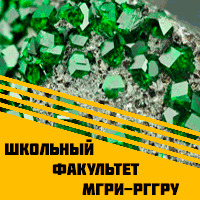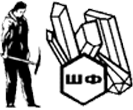Добрый день, Коллеги. Важное сообщение, просьба принять участие. Музей Ферсмана ищет помощь для реставрационных работ в помещении. Подробности по ссылке
Unearthing. 3D implicit modelling. Celebrating Leapfrog’s 10 year anniversary / Извлечение из недр. Трехмерное неявное моделирование. Празднование 10-летнего юбилея Leapfrog
Explicit modelling in geological modelling is essentially akin to an engineering drawing process. The modeller defines geological structures such as veins and faults by explicitly drawing them on regularly spaced sections and joining them. The data may be used by the modeller to constrain where they draw, and there may be tools to accelerate the process, but fundamentally it is a process of drawing. This suits the engineering world where an exact definition of a structure is a precursor to its construction. So why is the engineering approach a problem when modelling geology? Simply because geology doesn’t come in boxes, triangles, straight lines or even sophisticated Bezier curves. All of these are simply ways of representing the geology on a computer. Many of the awkward problems people face when geological modelling are the result of the computer software expecting a geologist to conform to the computer’s world and not the other way around. Implicit modelling differs in that it relies on an application of rules to transform the input data to produce a model. This model can then be manipulated and refined, but fundamentally it is generated by computer algorithms directly from a combination of measured data and user interpretation. The modelling still requires a geologist’s insight, but this input is made in the form of trends, stratigraphic sequences and other geologically meaningful terms. This approach is faster, more flexible and fundamentally better suited to making geological models. <...>




